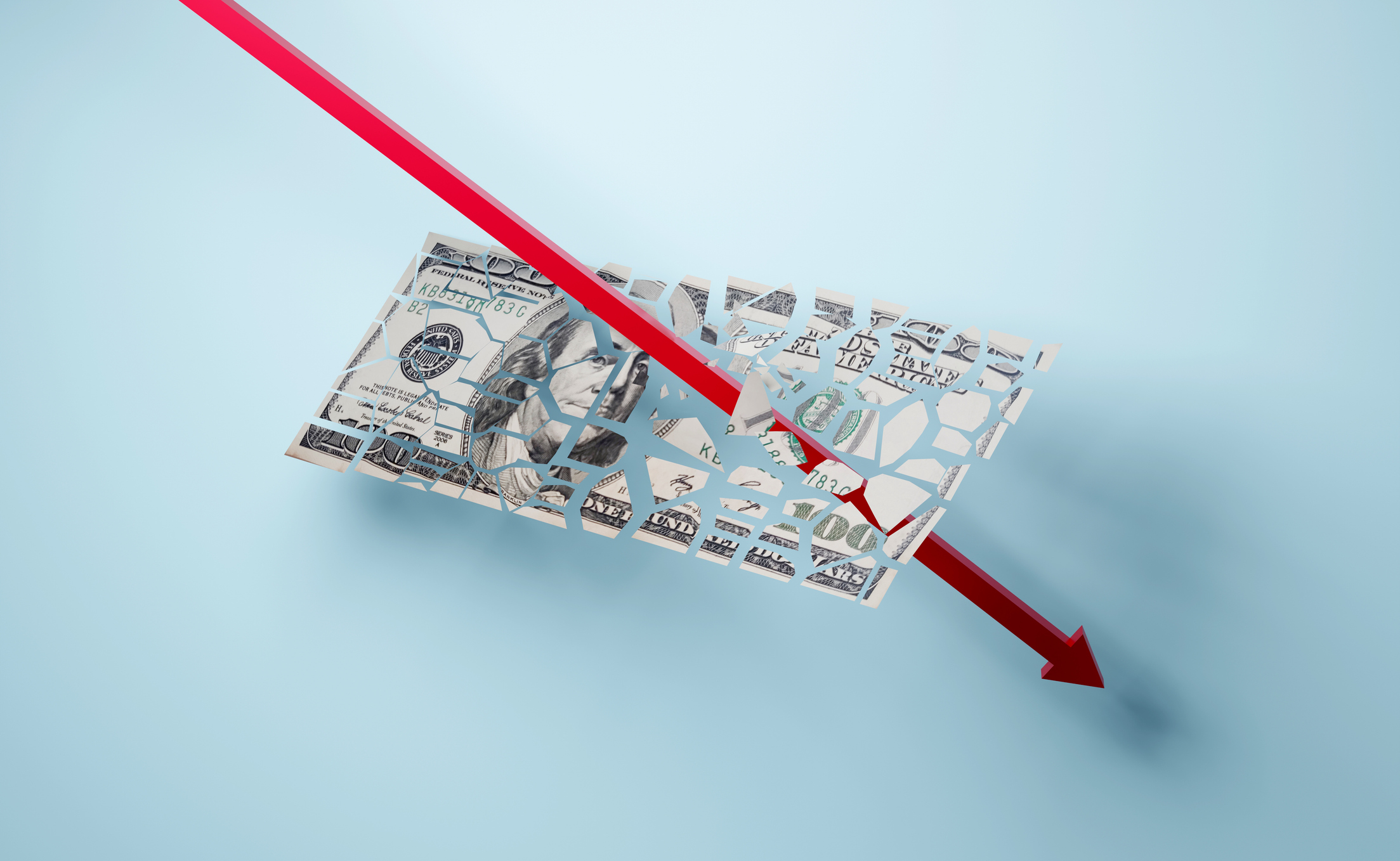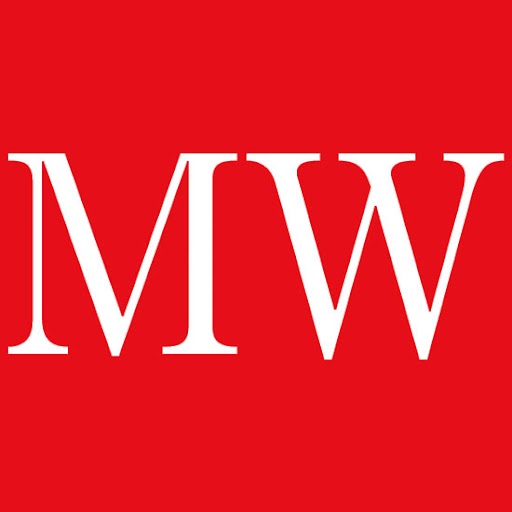"Foreign exchange is a foreign language to many private investors," says the FT, and it's no surprise. Buzzwords abound, with traders gabbling about loonies' and swissies' and ticks' and pips'. But don't be put off; you need to understand only a few terms to get started.
Forex terms: making deals
Just like share trading, deals are done at a bid (buying) or offer (selling) price. The difference between the two is the spread', which represents the dealer's profit. Prices are always given to five figures. So, for example, a bank might quote cable' (the pound/dollar rate) as 1.9850/1.9855. If you wanted to buy dollars you would simply sell £1,000 spot' and receive the bid price of $1,985 (1000 x 1.9850).
Forex terms: exchange rates
Since exchange rates usually move by relatively small amounts, changes are quoted in ticks' or pips', rather than pounds or dollars. Say the pound/dollar bid rate were to move from 1.9850 to 1.9860. This would be quoted as a movement of ten ticks, or pips. The pound has strengthened', while the dollar has weakened', since the original £1,000 buys more dollars $1,986 at the new rate.
MoneyWeek
Subscribe to MoneyWeek today and get your first six magazine issues absolutely FREE

Sign up to Money Morning
Don't miss the latest investment and personal finances news, market analysis, plus money-saving tips with our free twice-daily newsletter
Don't miss the latest investment and personal finances news, market analysis, plus money-saving tips with our free twice-daily newsletter
Forex terms: major currencies
As for the currencies themselves, there are seven major ones. There's the US dollar, the world's reserve currency (for now, at least), for which the FX symbol is USD. The other six major currencies are as follows: the euro (EUR); the Japanese yen (JPY); the pound, or sterling (GBP); the Swiss franc, or swissie' (CHF); the Canadian dollar, or loonie' (CAD); and the Australian dollar (AUD). All currencies are quoted as pairs, usually in terms of the world's key trading currency, the US dollar.
When trading, you must remember which way round the rate is being quoted, so that you place the right bet. For example, if you buy USD/CAD, you are betting that the US dollar will strengthen against the Canadian dollar, whereas if you were to buy GBP/USD, you are betting on sterling gaining and the US dollar weakening.
Get the latest financial news, insights and expert analysis from our award-winning MoneyWeek team, to help you understand what really matters when it comes to your finances.
MoneyWeek is written by a team of experienced and award-winning journalists, plus expert columnists. As well as daily digital news and features, MoneyWeek also publishes a weekly magazine, covering investing and personal finance. From share tips, pensions, gold to practical investment tips - we provide a round-up to help you make money and keep it.
-
 Goodwin: A superlative British manufacturer to buy now
Goodwin: A superlative British manufacturer to buy nowVeteran engineering group Goodwin has created a new profit engine. But following its tremendous run, can investors still afford the shares?
-
 Is US stock market exceptionalism over?
Is US stock market exceptionalism over?US stocks trailed the rest of the world in 2025. Is this a sign that a long-overdue shift is underway?

